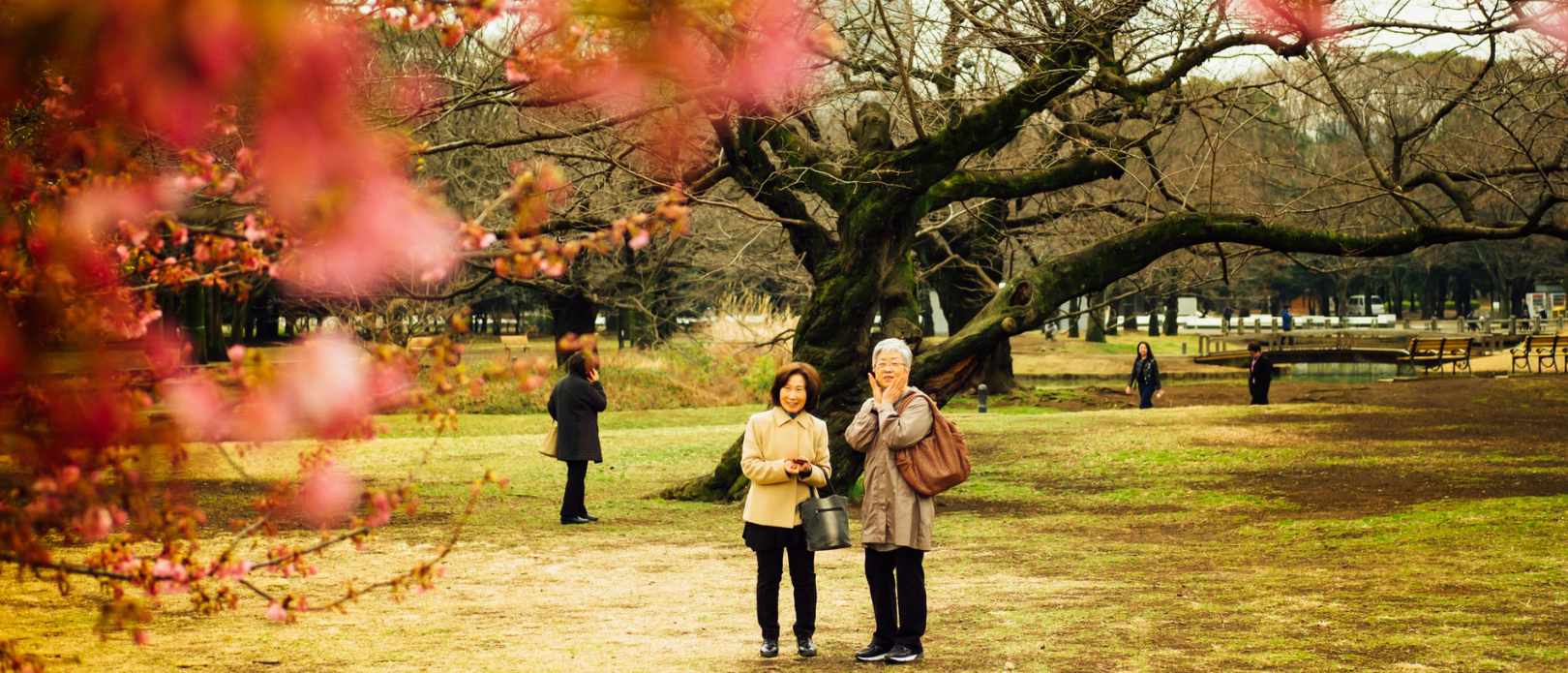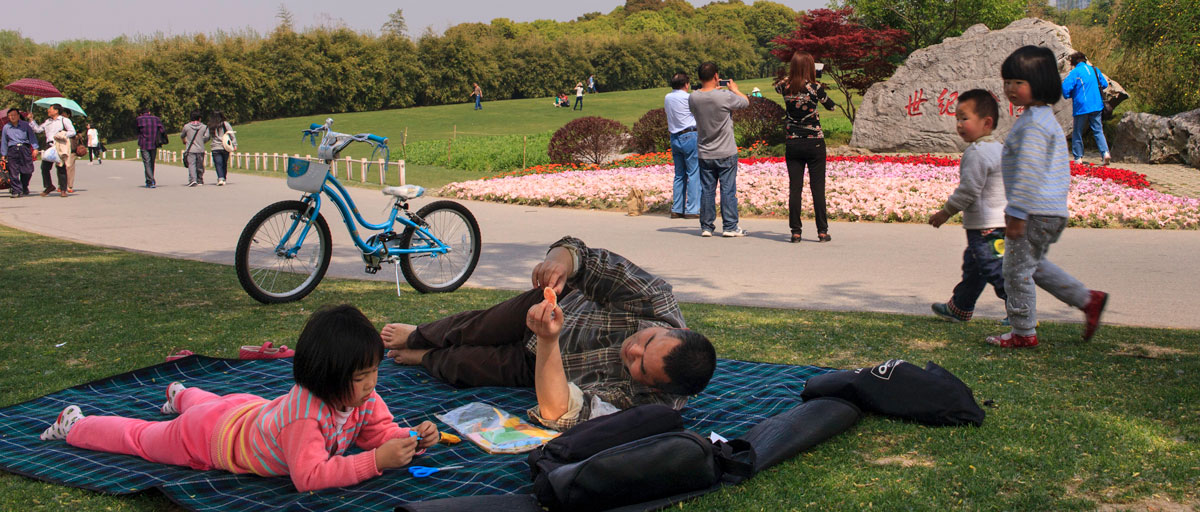URBAN DEVELOPMENT
Making cities greener, sustainable and inclusive
We may live in an urban century, but nature in cities is more important than ever. New study presents ways to make sure nature is better integrated in urban environments
- Different examples of how people and nature can prosper together often lack urban context
- The Urban Nature Futures Framework (UNFF) which presents three approaches to integrating nature in cities
- To put these approaches into practice, four questions must be answered
GREEN URBAN LIVING: How can we make sure there is enough space for nature in the urban jungle? To answer that question centre researchers Jan Kuiper and Thomas Elmqvist with colleagues have developed a framework that helps city planners identify options for integrating nature within urban areas.
Filling a scenario gap
The framework, presented in the journal Environmental Science and Policy, responds to the development of new scenarios under the Intergovernmental Panel on Biodiversity and Ecosystem Services that focus on positive perspectives on how people and nature can prosper together. These perspectives formed the basis for the Nature Futures Framework (NFF).
But the NFF is not primarily looking at urban contexts. To fill this gap, Kuiper and his colleagues developed the Urban Nature Futures Framework (UNFF) which presents three approaches to integrating nature in cities:
1. Nature for Nature Future: natural areas and biodiversity are at the core of any urban development.
2. Nature for Society Future: human needs form the basis for what ecosystem services should be prioritised
3. Nature as Culture Futures: how nature can help create stronger social communities, a sense of place and stewardship of nature.
Four questions for practical application
To put these approaches into practice, four questions must be answered:
How are socio-ecological feedbacks in cities underpinning nature’s benefits?
There are of course several. Urban gardens, for instance, which, besides reducing the ecological footprint of cities, strengthen human health and well-being. It also supports a bottom-up approach to a more sustainable city living.
How can they reduce the indirect impacts of urban activities?
Cities consume 75% of the world’s resources, putting significant pressure on natural areas far from the cities themselves. To reduce this pressure cities can increase the proportion of food to markets from urban and peri-urban producers. Similarly, better use of bi-products to reduce waste and enhancing local biodiversity can reduce impact on nature.
How can we monitor and measure progress?
This is difficult but breaking it down to different neighbourhoods and communities can make the work more inclusive and easier to survey. City managers could promote the participation of a broad range of interested stakeholders.
How can scenario building improve decision-making and public awareness?
Many of the already existing scenarios and tools do not take into consideration various trade-offs and benefits among diverse interests and contexts. The UNFF offers a closer and more critical look at this.
Overall, the researchers argue, the UNNFF can help stakeholders design positive visions for their cities.
“Our framework can enable stakeholders and city dwellers to turn their urban homes into more inclusive, greener and sustainable ones.”
Read Nature futures for the urban century: Integrating multiple values into urban management
Mansur, A.V., McDonald, R.I., Güneralo, B., Hyelin, K., et.al. 2022. Nature futures for the urban century: Integrating multiple values into urban management. Environmental Science & Policy
Volume 131, May 2022, Pages 46-56, https://doi.org/10.1016/j.envsci.2022.01.013









